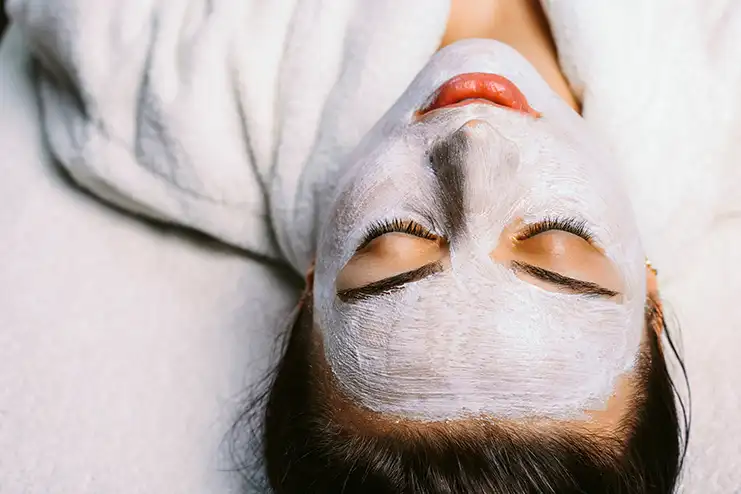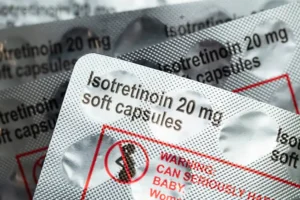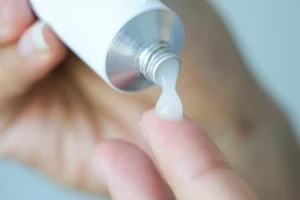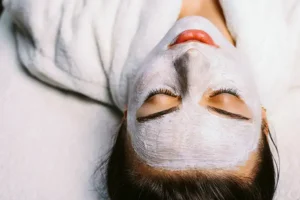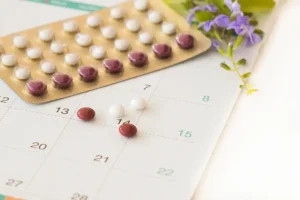Face masks can’t cure acne, but they can make a noticeable difference when used as part of a consistent routine. A good mask helps unclog pores, calm inflammation, and absorb excess oil without disrupting the skin barrier.
Acne masks are especially helpful for people who struggle with recurring oil buildup or redness between breakouts. When used once or twice a week, they can improve skin clarity and enhance the results of topical treatments.
What Makes a Mask Suitable for Acne-Prone Skin
Not all face masks are created equal. Acne-prone skin needs formulas that purify without stripping and calm without clogging pores. Look for ingredients that target multiple acne triggers:
-
Salicylic acid clears pores and reduces oil buildup.
-
Sulfur fights bacteria and soothes inflammation.
-
Kaolin or bentonite clay absorbs oil and impurities.
-
Niacinamide reduces redness and supports barrier repair.
-
Tea tree oil offers antibacterial support in low concentrations.
-
Charcoal removes excess sebum and pollutants.
-
Zinc or azelaic acid helps calm breakouts and fade marks.
Avoid products with heavy fragrances, drying alcohols, or comedogenic oils. A mask should leave your skin clean, balanced, and comfortable — never tight or irritated.
General Recommendations for Using Acne Masks
-
Use masks one to two times per week.
-
Apply only on breakout-prone areas if the rest of your face is dry.
-
Follow up with a lightweight, non-comedogenic moisturizer.
-
Never sleep with a clay or sulfur mask on your face.
-
Always use sunscreen during the day to protect your skin barrier.
Masks should complement your main treatment routine, not replace it.
Best General Masks for Acne-Prone Skin
These options are gentle, effective, and easy to find online or in stores:
-
La Roche-Posay Effaclar Clay Mask – soft kaolin and bentonite blend that draws out oil without over-drying.
-
The Inkey List Kaolin Clay Mask – minimal ingredients, great for sensitive or combination skin.
-
Paula’s Choice Pore Clarifying Charcoal Gel Mask – charcoal and clay refine pores and reduce shine.
-
Origins Out of Trouble 10-Minute Mask – contains sulfur, zinc oxide, and camphor for quick breakout relief.
-
CeraVe Resurfacing Retinol Serum Mask Alternative – a retinol-based formula that smooths texture and brightens healing skin.
Best Masks for Specific Types of Acne
For Blackheads and Clogged Pores
These formulas loosen buildup and reduce visible congestion.
Ingredients to look for: salicylic acid, clay, charcoal.
-
The Ordinary Salicylic Acid 2% Masque – combines charcoal, clay, and BHA for deep pore purification.
-
Innisfree Super Volcanic Pore Clay Mask 2X – volcanic clusters help control oil and smooth texture.
-
Paula’s Choice Skin Balancing Oil-Absorbing Mask – gentle kaolin base designed to clear pores without irritation.
For Cystic or Deep Acne
Cystic acne benefits from calming, anti-inflammatory ingredients that do not over-dry.
Ingredients to look for: sulfur, zinc, niacinamide, azelaic acid.
-
De La Cruz Sulfur Ointment 10% Acne Treatment Mask – kills acne-causing bacteria and soothes inflammation.
-
Mario Badescu Drying Mask – sulfur and clay blend to reduce redness and swelling.
-
La Roche-Posay Effaclar Medicated Gel Mask – contains salicylic acid and glycerin to treat acne gently while keeping hydration balanced.
For Inflammatory or Hormonal Acne
Hormonal breakouts often appear along the jawline and cheeks. Focus on reducing redness and controlling oil without drying the skin.
Ingredients to look for: niacinamide, green tea, clay, spearmint, zinc.
-
Aztec Secret Indian Healing Clay – calcium bentonite clay that deeply cleans pores; best used once a week.
-
The Ordinary Salicylic Acid + Clay Masque – ideal for balancing oil and improving clarity.
-
Freeman Clearing Sweet Tea and Lemon Peel-Off Mask – lightweight clarifying option for mild hormonal breakouts.
For Post-Acne Marks and Redness
After breakouts heal, focus on restoring even tone and brightness.
Ingredients to look for: niacinamide, azelaic acid, honey, AHA blends.
-
COSRX Full Fit Propolis Honey Mask – nourishes skin and helps fade redness with anti-inflammatory antioxidants.
-
Naturium Azelaic Topical Acid 10% – reduces pigmentation and refines texture when used as a short leave-on mask.
-
Glow Recipe Watermelon Glow AHA Sleeping Mask – gentle overnight resurfacing mask that boosts radiance and smoothness.
Common Mistakes to Avoid
-
Leaving masks on longer than recommended.
-
Using multiple purifying masks in the same week.
-
Applying all over when only a few areas need treatment.
-
Using a mask right after a strong exfoliant or retinoid.
Always rinse thoroughly, moisturize immediately, and give your skin recovery time between treatments.
FAQ About Face Masks for Acne
Do face masks actually treat acne?
Masks help manage acne by clearing oil, calming inflammation, and improving texture. They support other treatments but are not a standalone cure.
How often should you use a mask for acne?
Most people benefit from using a mask one or two times per week. Oily skin types can apply more often, while dry skin should limit frequency.
Can clay masks make acne worse?
Overuse can dry the skin and trigger rebound oil production. Choose gentle clays like kaolin and avoid leaving them on too long.
Which mask is best for sensitive acne-prone skin?
Look for formulas with niacinamide or sulfur and avoid fragrances or alcohol. The La Roche-Posay Effaclar Clay Mask and COSRX Propolis Mask are both suitable.
Are DIY acne masks safe?
Homemade masks with harsh ingredients like lemon or baking soda can disrupt the skin barrier. Stick to dermatologist-tested formulations.

